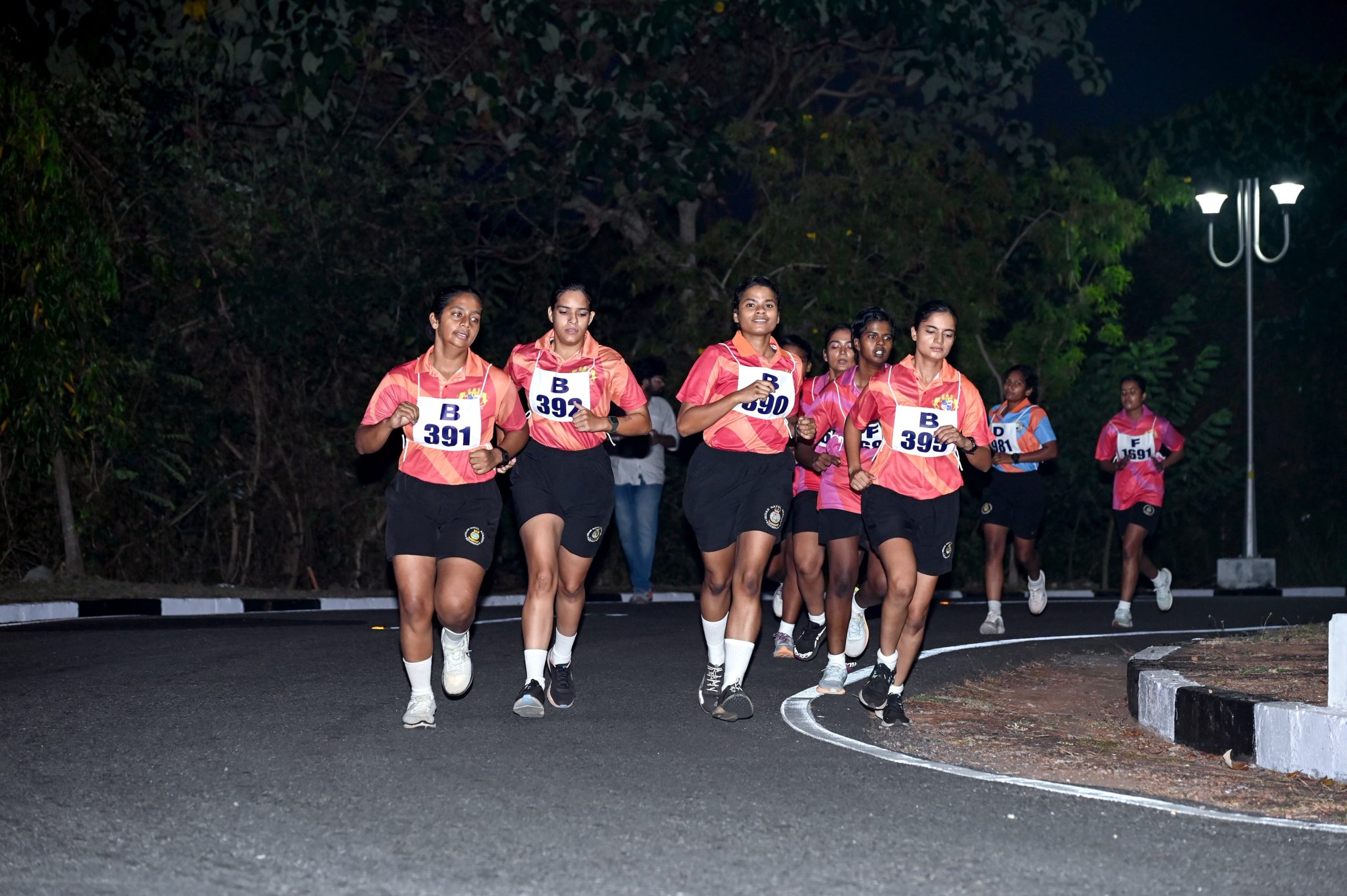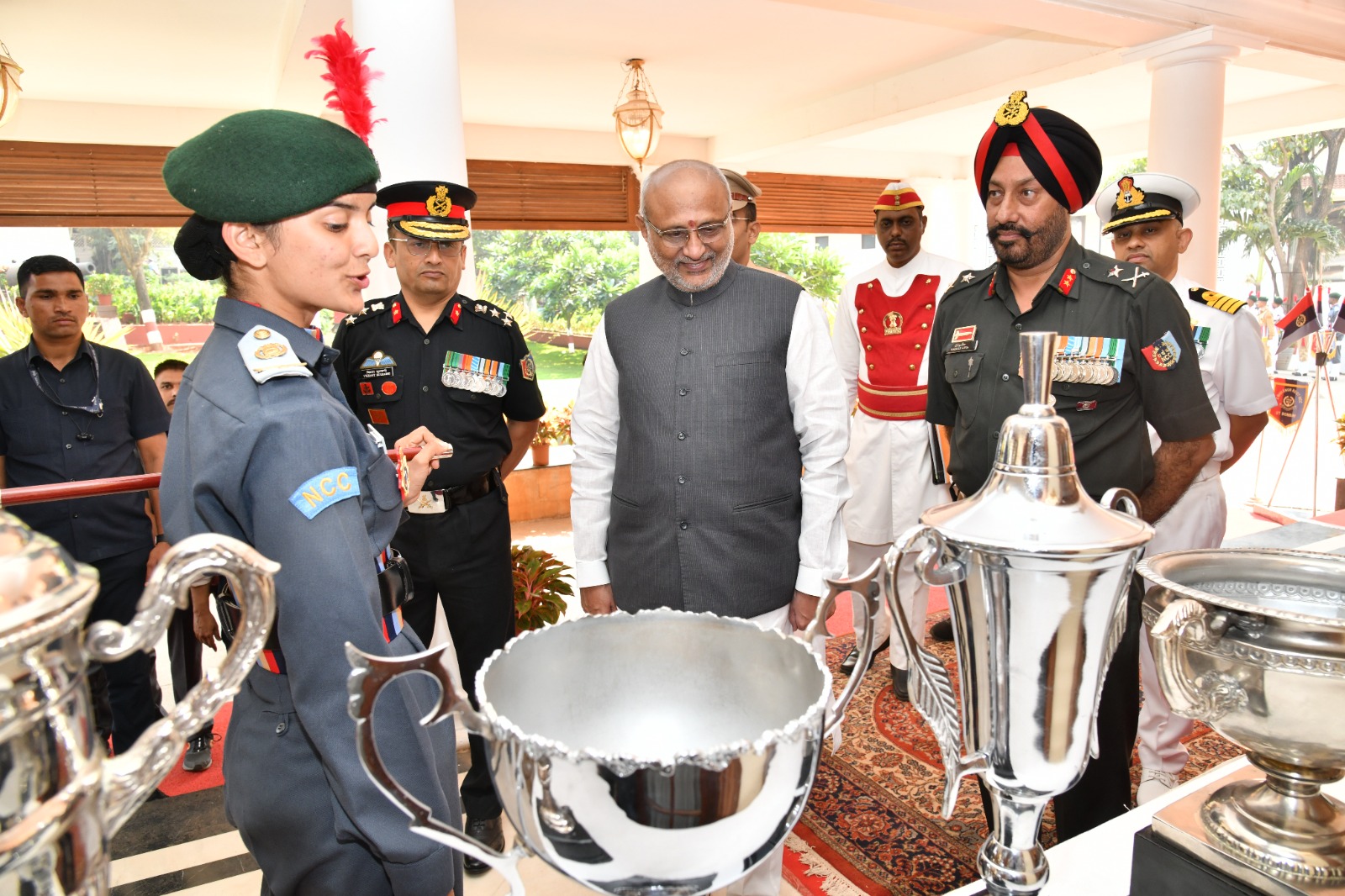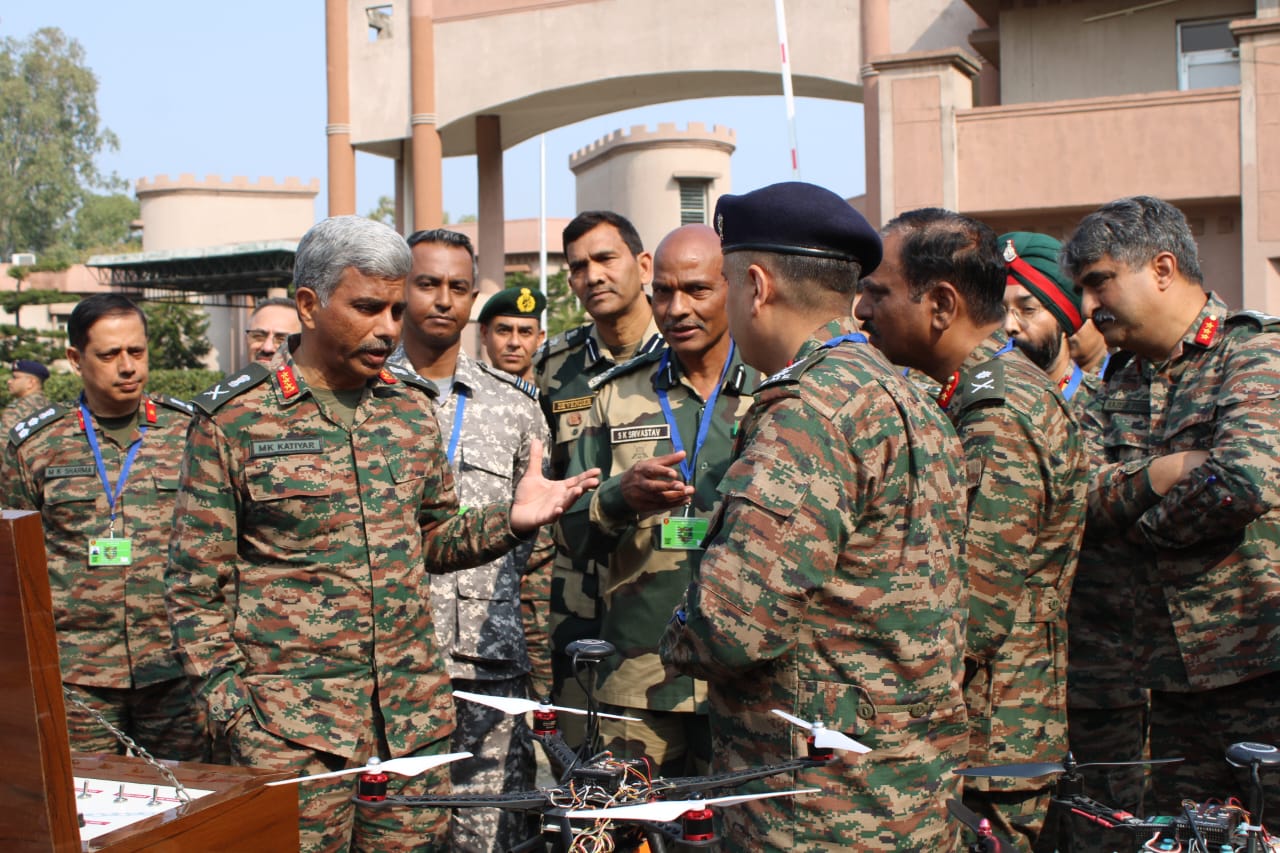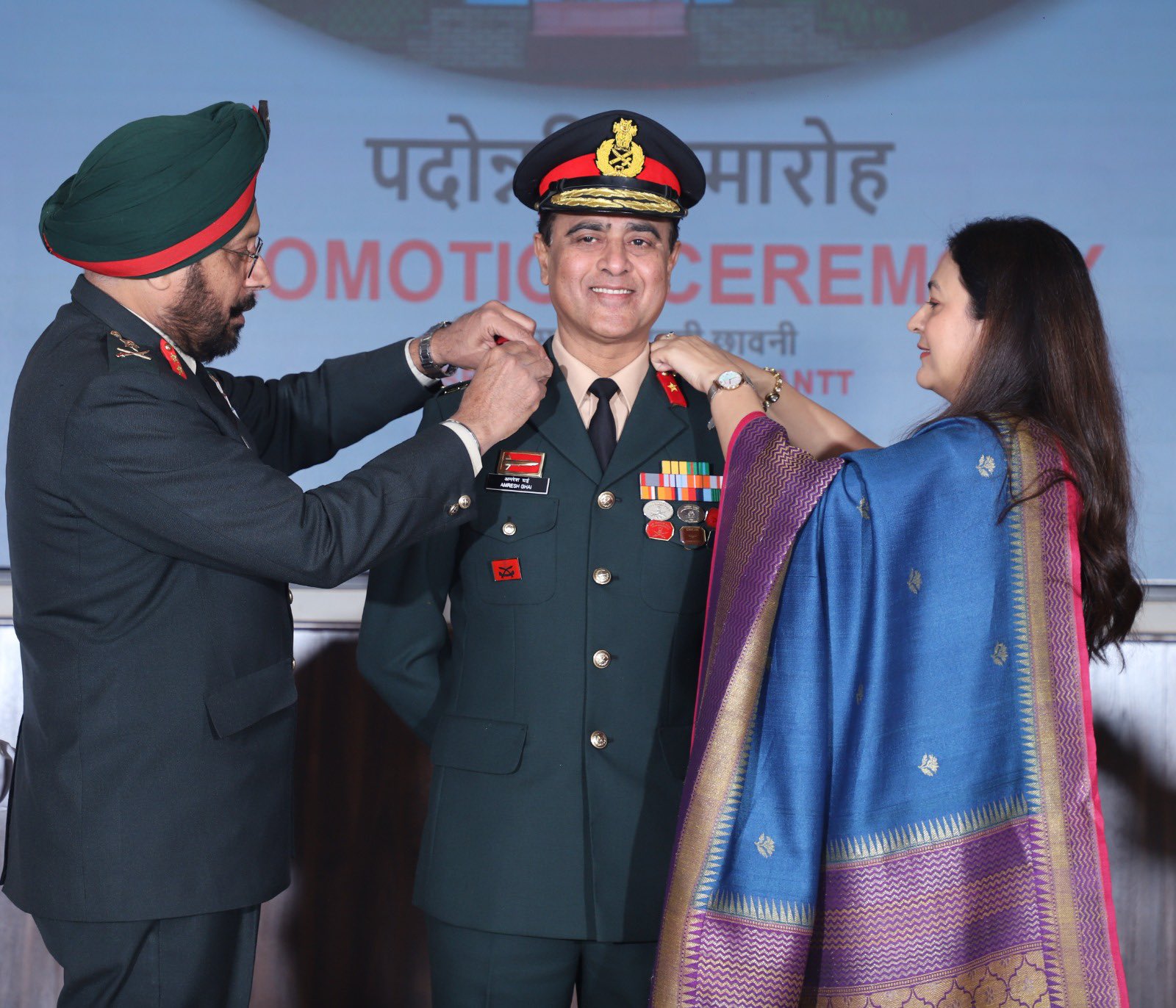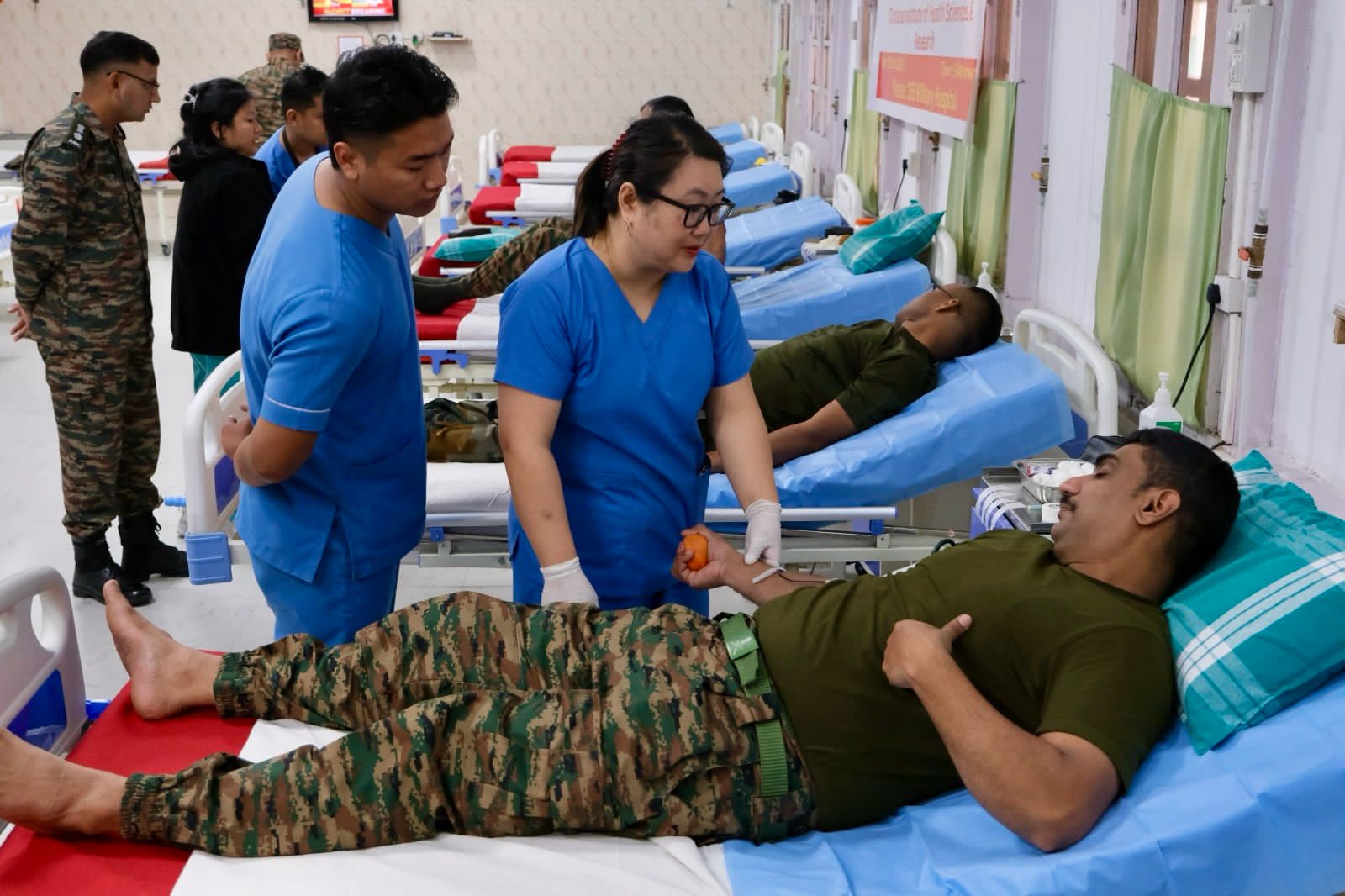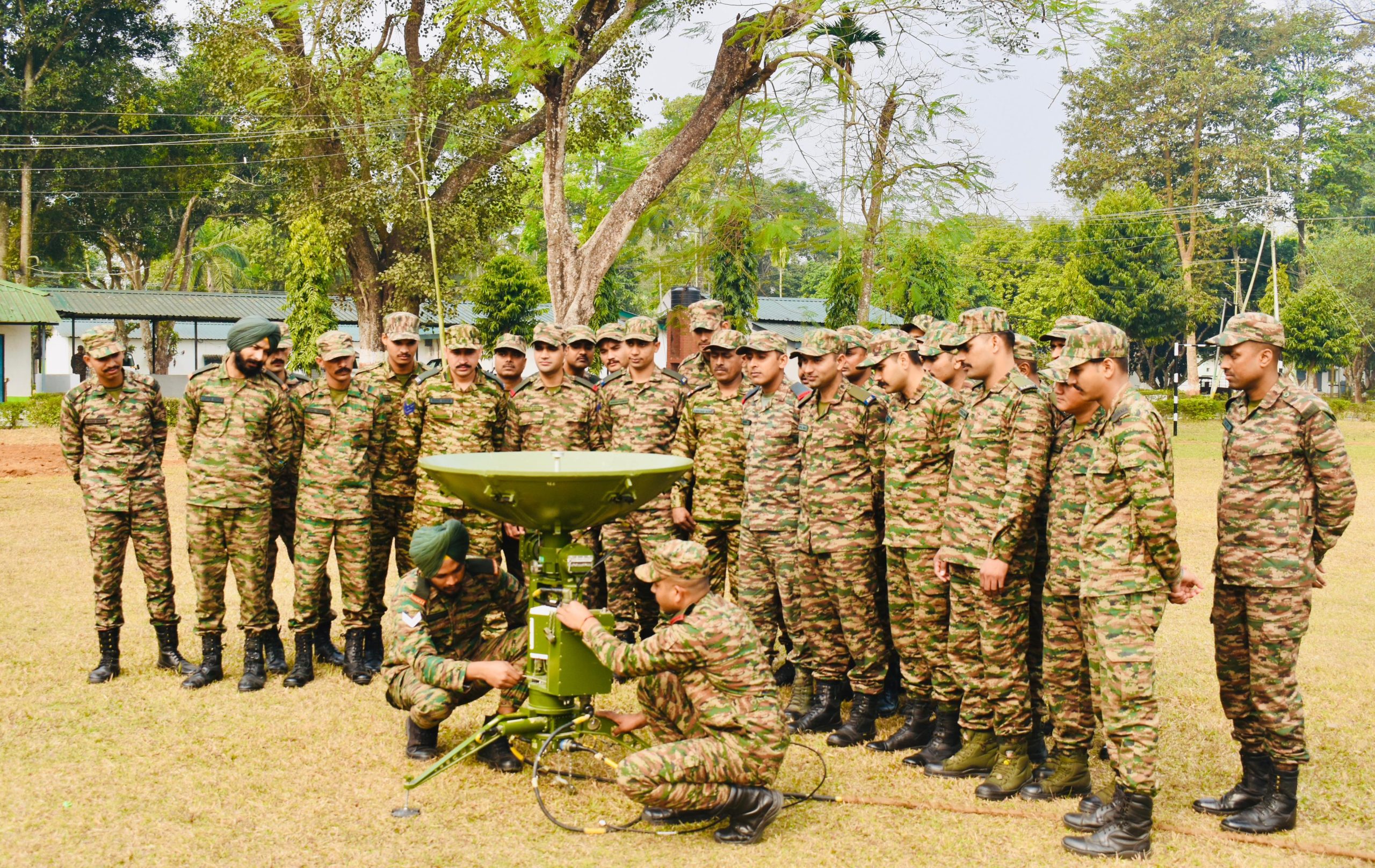Eagle Squadron Wins Inter-Squadron Cross-Country Championship at Indian Naval Academy
Grit, speed, and squadron pride were on full display as 517 trainees, including 53 women cadets, battled through a grueling…
Maharashtra Governor Felicitates NCC Cadets for Republic Day Camp 2025 Achievements
Maharashtra Governor C. P. Radhakrishnan hosted a grand reception at Raj Bhavan, Mumbai, to honor the Maharashtra NCC cadets who…
Lt Gen Manoj Kumar Katiyar Leads Logistics Review Exercise at Chandimandir
A week-long Logistics Review Exercise aimed at mitigating functional criticalities and evolving a grid-based logistics model concluded at Chandimandir, marking…
Major General Amresh Ghai Assumes Command of Base Hospital Delhi Cantt
Major General Amresh Ghai, AVSM, has assumed command of the Base Hospital Delhi Cantt, one of the largest and busiest…
Lt Gen Abhijit S Pendharkar Inaugurates Voluntary Blood and Organ Donation Camp in Rangapahar Military Station, Nagaland
In a remarkable humanitarian initiative, Lt Gen Abhijit S Pendharkar inaugurated a Voluntary Blood Donation Camp and a Voluntary Organ…
Gajraj Corps Concludes High-Impact Training on Next-Gen Battlefield Communication
In a significant step toward modernizing battlefield communication, Gajraj Corps of the Indian Army successfully concluded a fortnight-long training program…

